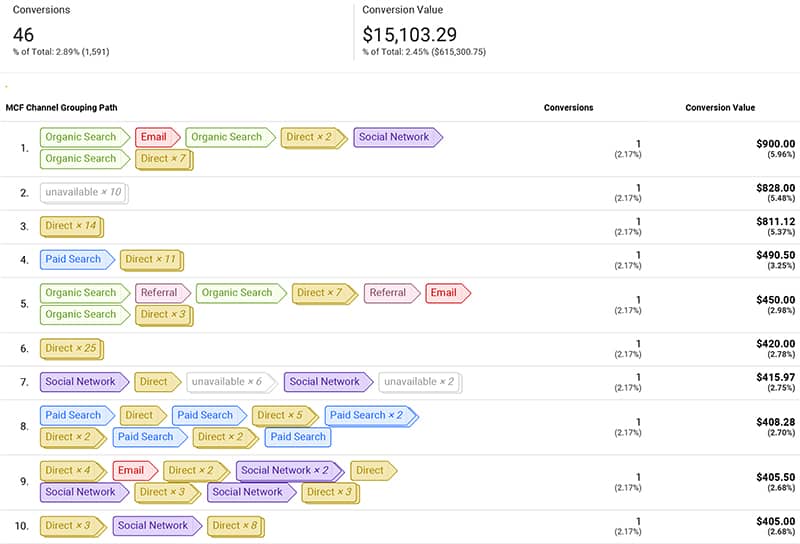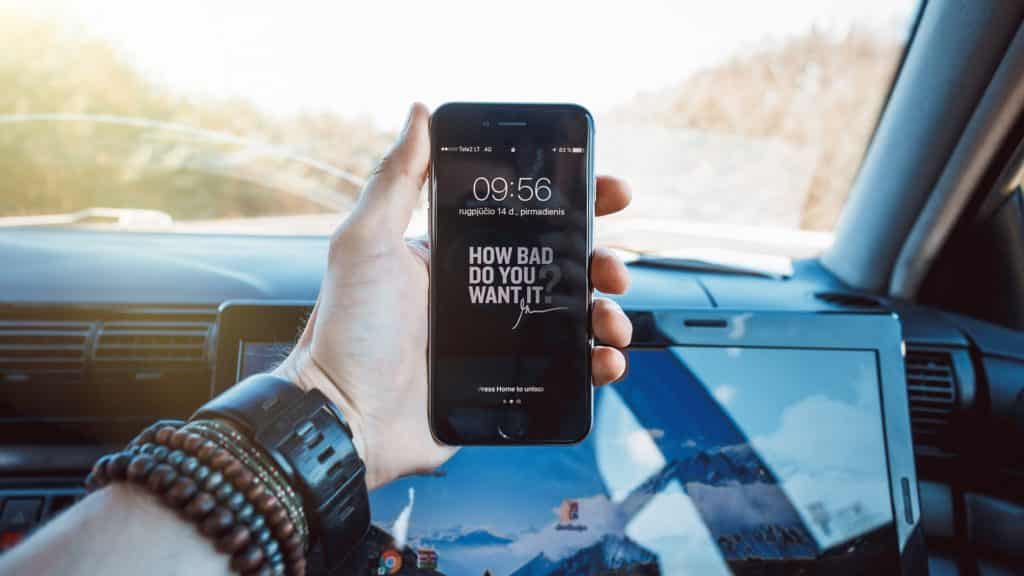Multichannel & Omnichannel Marketing Campaigns
Over 1/3 of all online purchases span multiple devices. That means that 3 out of 10 customers are engaging multiple devices on their shopping journey.
Even brick and mortar stores are impacted by what’s happening online. A whopping 56% of all in-store purchases occur after some kind of digital engagement.
Is your brand ready to deliver an excellent experience at every turn? Read on to learn everything you ever wanted to know about multichannel and omnichannel marketing.
Multi-Channel Marketing
In order to discuss the two marketing strategies, we must first define each of them. Multi-channel marketing is a brands interaction with consumers across different marketing channels and platforms.
This term was first used in retail. It means using various platforms to reach your audience.
Platforms could include mail, phone, email and individual social media platforms. The platforms can offer either a direct or indirect method for them to take an action (such as buying your product).
For example, you could mail out coupons that the customer can use online or in store. You could also send out sales through emails or SMS messages. The goal is to cast out as wide a net as possible to catch customers.
Basically, when you use multichannel marketing you are trying to reach your audience using multiple methods.
What you send out depends on the channel you are using. There is not a connection between the messaging you are sending. Each channel’s function determined the content you send to your customers.
Google search, Google Ads, social media, and email are examples of different channels.
Whereas in-store, phone, desktop, and tablets are examples of platforms where consumers will receive your message.
Difficulties of Multichannel Marketing
One of the main drawbacks of multichannel marketing is that you are not able to funnel all your customers to one specific channel that you know works.
Plus there are more moving parts that you need to keep tabs on. It can be difficult to manage multiple mediums, especially if you are an entrepreneur or small-business owner.
Another hurdle is trying to figure out what the best content is for each particular platform.
There’s no doubt that having multiple channels will result in more time and more expense.
Omnichannel Marketing
Omnichannel marketing is the seamless experience a consumer has with your brand regardless if they are in your store, on a device, receiving the message through ads, Facebook, or even in the news.
Recently, Neil Mohan, Google’s VP of Display Advertising, said: “If you’re just focusing on mobile, you’re solving yesterday’s problems.”
Omnichannel marketing focuses less on the channel and looks at making the customer experience as seamless and simple as possible. This method creates engagement across devices and platforms.
So what is omnichannel? Basically, it is the flip side of multichannel marketing. Instead of choosing a platform and making the content fit it, omnichannel marketing makes content and then finds the best way to use various platforms to support the campaign.
Omnichannel marketing is driven by messaging which just happens to be dispersed through a variety of channels. It follows a customer across devices and platforms.
Each piece of the consumer’s experience should be consistent and complementary, no matter the platform they choose to use.
Omnichannel marketing aims to provide customers with an effortless buying experience.
Omni-Channel Marketing Challenges
It can be a big jump for businesses to move from being business-centric to becoming more customer-centric. This move is not always intuitive and will require a shift in company culture.
You will need to gather a lot of data. Especially on customer actions, reactions and preferences.
It can be daunting to build personalized experiences for each customer. And to provide answers in their platform of choice.
OmniChannel Marketing Best Practices
In your quest to move to omnichannel marketing, you will need to put the customer’s needs and preferences first. Remember that customers use platforms simultaneously.
A customer could be in a shop holding an item and reading reviews online at the same time.
Ideally, you want to be able to meet the customer wherever they appear. So if someone looks a product review on their smartphone, later when she visits your site from her desktop, that item should be front and center.
Ensure that silos are a thing of the past. For best omnichannel marketing, there needs to be some collaboration between departments.
Moving to a customer-centric business model means you need to be constantly testing and re-testing customer experience. And collecting data.
Multichannel & Omnichannel Marketing. What is the difference?
The main difference between multichannel & omnichannel is the way the business approaches marketing.
Multichannel aims to just get the info in the faces of the customer as many times as possible. The messages are not necessarily similar. There may not be one single call to action.
Each of the channels functions independently in multichannel marketing. The risk with multichannel marketing is that a customer may have a confusing or overwhelming experience. Or worse – get information that doesn’t match.
Omnichannel marketing, on the other hand, starts by thinking like the customer and anticipating their progression through various platforms.
Marketers have to understand that it’s likely that a customer may start by looking at your social media pages on their mobile device. Later, they may end up on your site from their laptop.
Customer history is shared across channels so that it’s up to the customer to pick what suits him or her. This also helps guide the customer in concluding the sale.
If a customer checks out a pair of boots from a desktop, they’ll see that pair on their Facebook feed on their cell phone tomorrow. That same pair will be the ones shown in an email later that week that are now on sale.
The Main Difference
Multichannel marketing measures engagement on the channels. Then execs bump up the budget for the top-performing platforms. Omnichannel marketing looks at the customer journey and providing continuity across all channels.
The main difference then is whether the focus is on the channel or the customer.
Customer Journey Example
For this example, let us start by discussing a company who does not have major brand recognition yet.
This marketing strategy is for a business that is first introducing their product/service to a consumer for the first time.

As you can see by the Google Analytics clip above, visitors are coming to the website many times through different channels.
The number one channel path the visitor found the website organically (SEO). The customer opted into the sales funnel to receive the coupon code for 15% off their first purchase.
Next the came back to the website organically. Went directly to the website twice. Then was hit with a targeting ad on social media (Facebook). Next, the visitor found them organically. Then went directly to the website seven times before finally making a purchase for $900.00
This is fourteen touches before making a decision. This example only includes what we can see. Typically, this visitor would have checked several other websites including reviews.
The decision making process is longer now that information is more readily available.
This is just one example as to why it is important to have strategies for both multichannel and omnichannel.
Summary
To conclude, the customer journey is more complex now than ever before. The more information that is readily available to a consumer the shorter the cycle. Omnichannel is the most important strategy now more than ever.



